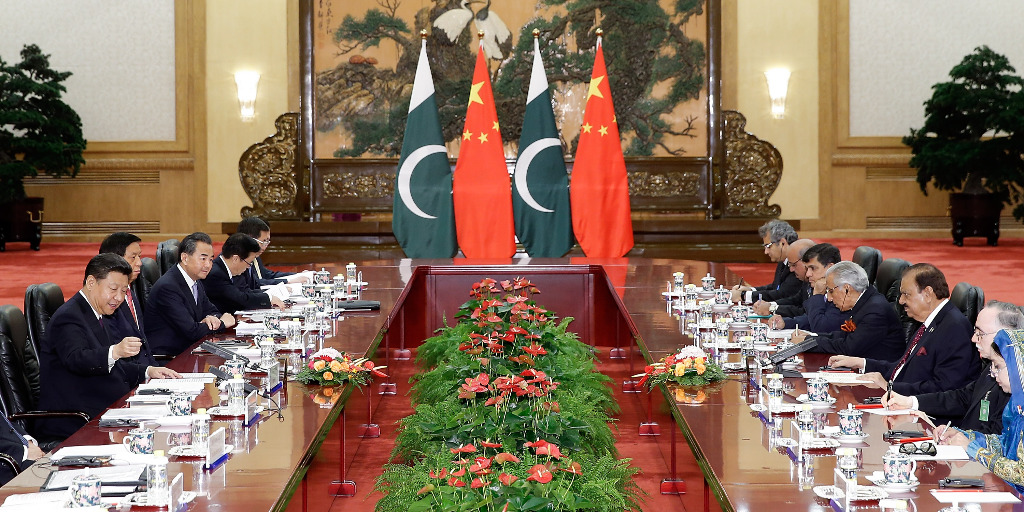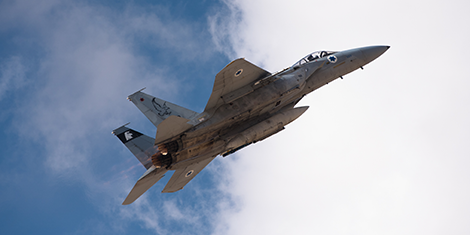Brahma Chellaney
 In the four years that he has been in office, Prime Minister Narendra Modi has animated domestic politics in India and the country’s foreign policy by departing often from conventional methods and shibboleths. As he focuses on winning the next general election, the key question is whether the Modi era will mark a defining moment for India, just as Xi Jinping’s ascension to power has been for China. The answer to that question is still not clear. What is clear, however, is that Modi’s stint in office has clearly changed Indian politics and diplomacy. In domestic politics, Modi has a stronger record: He has led the Bharatiya Janata Party to a string of victories in elections in a number of states, making his party the largest political force in the country by far. Under his leadership, the traditionally urban-focused BJP has significantly expanded its base in rural areas and among the socially disadvantaged classes and spread to the country’s eastern and southern regions. His skills as a political tactician steeped in cold-eyed pragmatism have held him in good stead. Modi, however, has become increasingly polarizing. Consequently, Indian democracy today is probably as divided and polarized as US democracy.
In the four years that he has been in office, Prime Minister Narendra Modi has animated domestic politics in India and the country’s foreign policy by departing often from conventional methods and shibboleths. As he focuses on winning the next general election, the key question is whether the Modi era will mark a defining moment for India, just as Xi Jinping’s ascension to power has been for China. The answer to that question is still not clear. What is clear, however, is that Modi’s stint in office has clearly changed Indian politics and diplomacy. In domestic politics, Modi has a stronger record: He has led the Bharatiya Janata Party to a string of victories in elections in a number of states, making his party the largest political force in the country by far. Under his leadership, the traditionally urban-focused BJP has significantly expanded its base in rural areas and among the socially disadvantaged classes and spread to the country’s eastern and southern regions. His skills as a political tactician steeped in cold-eyed pragmatism have held him in good stead. Modi, however, has become increasingly polarizing. Consequently, Indian democracy today is probably as divided and polarized as US democracy.
 In the four years that he has been in office, Prime Minister Narendra Modi has animated domestic politics in India and the country’s foreign policy by departing often from conventional methods and shibboleths. As he focuses on winning the next general election, the key question is whether the Modi era will mark a defining moment for India, just as Xi Jinping’s ascension to power has been for China. The answer to that question is still not clear. What is clear, however, is that Modi’s stint in office has clearly changed Indian politics and diplomacy. In domestic politics, Modi has a stronger record: He has led the Bharatiya Janata Party to a string of victories in elections in a number of states, making his party the largest political force in the country by far. Under his leadership, the traditionally urban-focused BJP has significantly expanded its base in rural areas and among the socially disadvantaged classes and spread to the country’s eastern and southern regions. His skills as a political tactician steeped in cold-eyed pragmatism have held him in good stead. Modi, however, has become increasingly polarizing. Consequently, Indian democracy today is probably as divided and polarized as US democracy.
In the four years that he has been in office, Prime Minister Narendra Modi has animated domestic politics in India and the country’s foreign policy by departing often from conventional methods and shibboleths. As he focuses on winning the next general election, the key question is whether the Modi era will mark a defining moment for India, just as Xi Jinping’s ascension to power has been for China. The answer to that question is still not clear. What is clear, however, is that Modi’s stint in office has clearly changed Indian politics and diplomacy. In domestic politics, Modi has a stronger record: He has led the Bharatiya Janata Party to a string of victories in elections in a number of states, making his party the largest political force in the country by far. Under his leadership, the traditionally urban-focused BJP has significantly expanded its base in rural areas and among the socially disadvantaged classes and spread to the country’s eastern and southern regions. His skills as a political tactician steeped in cold-eyed pragmatism have held him in good stead. Modi, however, has become increasingly polarizing. Consequently, Indian democracy today is probably as divided and polarized as US democracy.



.jpg.aspx)






/arc-anglerfish-arc2-prod-mco.s3.amazonaws.com/public/WUWBFQ7OIRBX7ESV7PNPV5AJTI.jpg)
/arc-anglerfish-arc2-prod-mco.s3.amazonaws.com/public/A23GFLGCSZFKZAHTKMWJM7FZWU.jpg)